Sears Homes

What is a Sears Home? In short, these were houses purchased out of the Sears Roebuck mail-order catalog. They were shipped to the rail station in 12,000 pieces (including a 75-page instruction book) and assembled by the aspiring homeowner. About 70,000 Sears homes were sold from 1908-1940. Here is a home that happens to be […]
Home Is Where The Heart Is

February is the month to get cozy and snuggly. Here are some ideas to cozy up your home and spread the love around for Valentines Day and all month long. Let’s start with the living room. Wood floors, fireplaces, and nice windows to bring in the sun during the day. Furnished with your most snuggly […]
5 Winter Home Improvement Projects
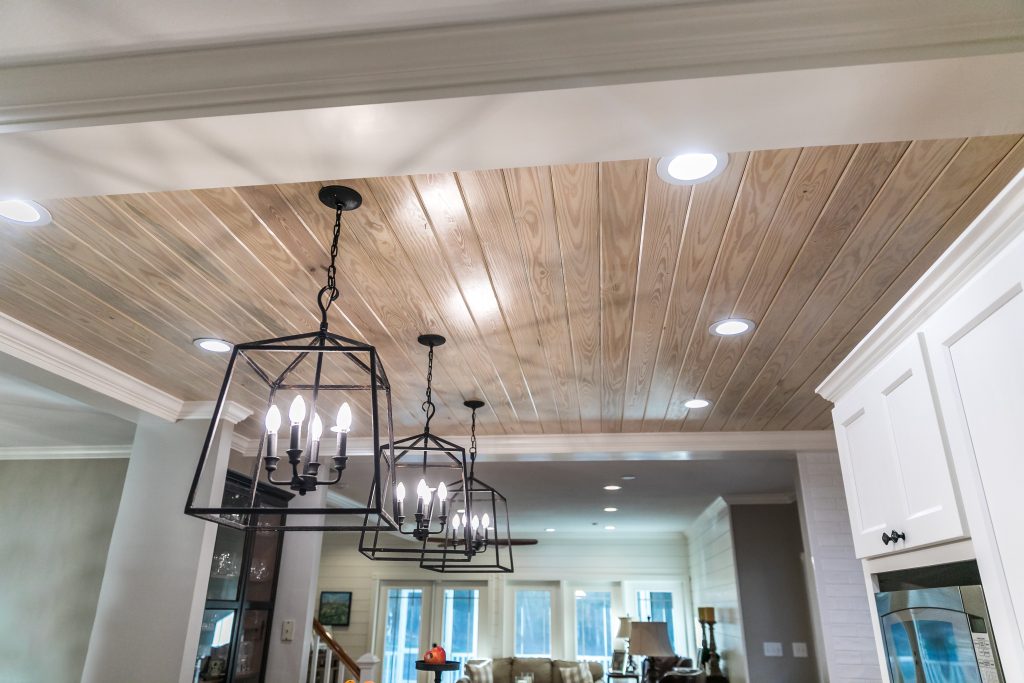
Replace Kitchen Countertops Redoing your kitchen countertops can give this heavily trafficked room an easy upgrade. Plus, it’s a project that doesn’t require any time outside, ideal for those blustery January days. This project can offer a big payoff, as minor kitchen remodels have an average return on investment of 72%. The colder, drier winter […]
Last Minute Home Projects to Finish Before Your Company Arrives
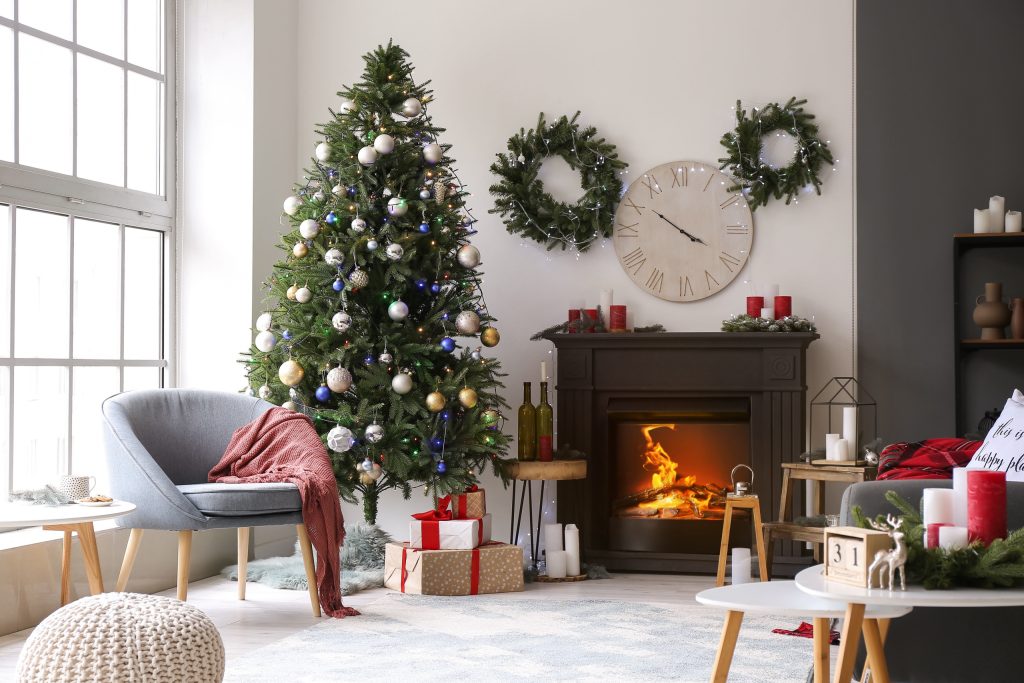
Getting ready to welcome friends and family into your home for the busy holiday season can be exciting and overwhelming. If you’re in charge of hosting a gathering and prepping a holiday meal, then the task is even more daunting if your home still feels like it’s not in order. While the approaching holidays might […]
2025 Home Improvement Trends – Adding Value to Your Home
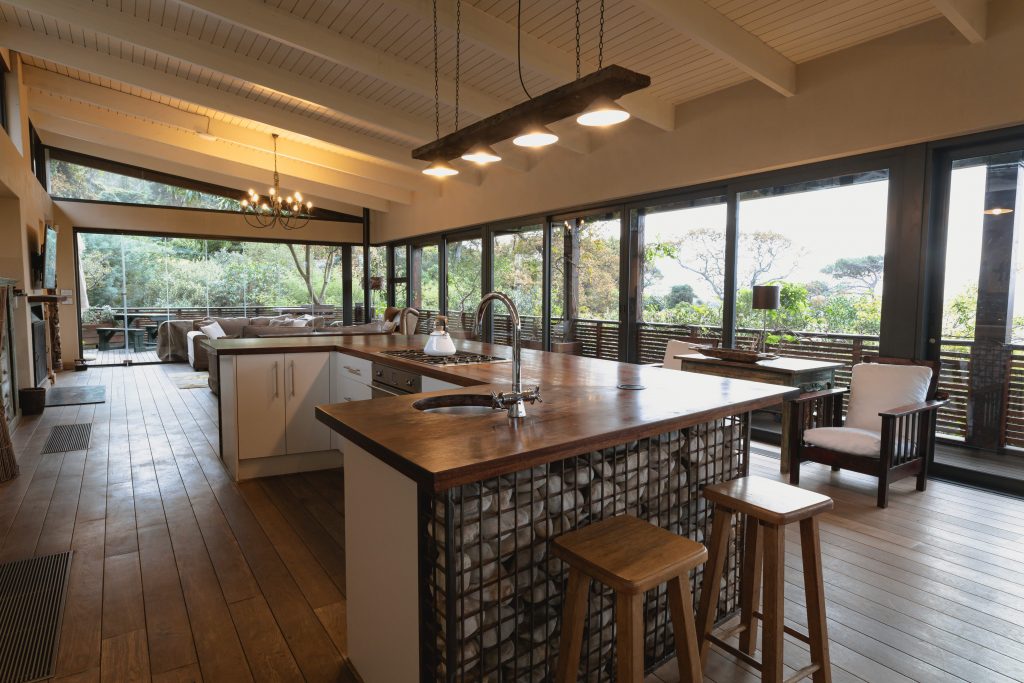
Get set to elevate your home’s worth with the top improvement trends of 2025! Explore stylish and profitable remodeling projects that will revolutionize your space inside and out. EFFICIENCY – With an overwhelming focus on the economy, one of the most impactful home remodeling trends of 2025 is the shift toward energy efficiency. Homeowners are […]
Home Improvement: Contract Tips

An article from the People’s Law Library of Maryland Improving your home is a key part of home ownership. When using a contractor understanding the contract is key. This article provides tips for ensuring your home improvement project goes smoothly. Selecting a Contractor Home improvement is one of the areas in which consumers are often […]
Some Of The Most Popular Types Of House Additions
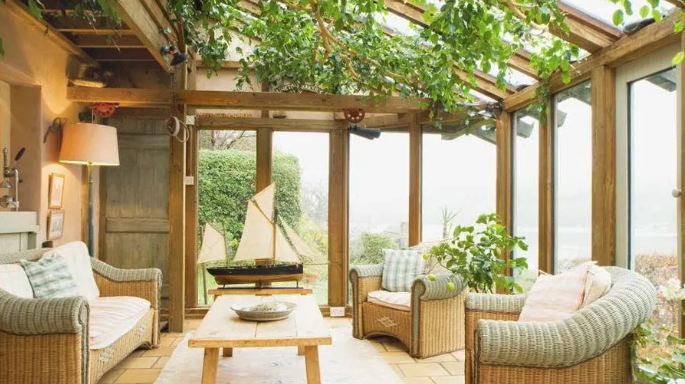
No one wants to deal with nuisances like bottlenecks or awkward, tight spaces in their most common gathering places. Or maybe you moved into a home you love but have outgrown over the years, and could really use another bedroom. Luckily, these problems can be solved by house additions. Additional Bedroom Adding a new room […]
The Top 10 Laundry Rooms of 2023
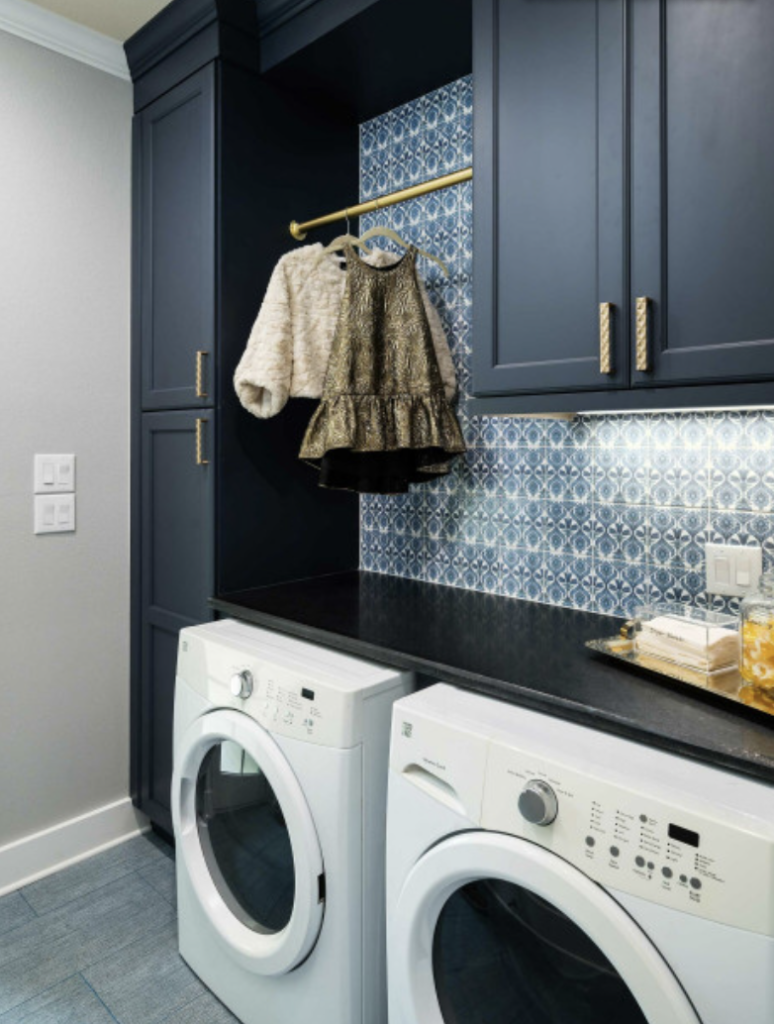
Get ideas for stylish color palettes, smart drying strategies and more from these most-saved photos of the year. With the right details and features, a laundry room can become so much more than just a place to wash and dry clothes. You’ll find plenty of inspiration for statement-making finishes, clever storage ideas and stylish color […]
The 10 Most Popular New Kitchens Right Now
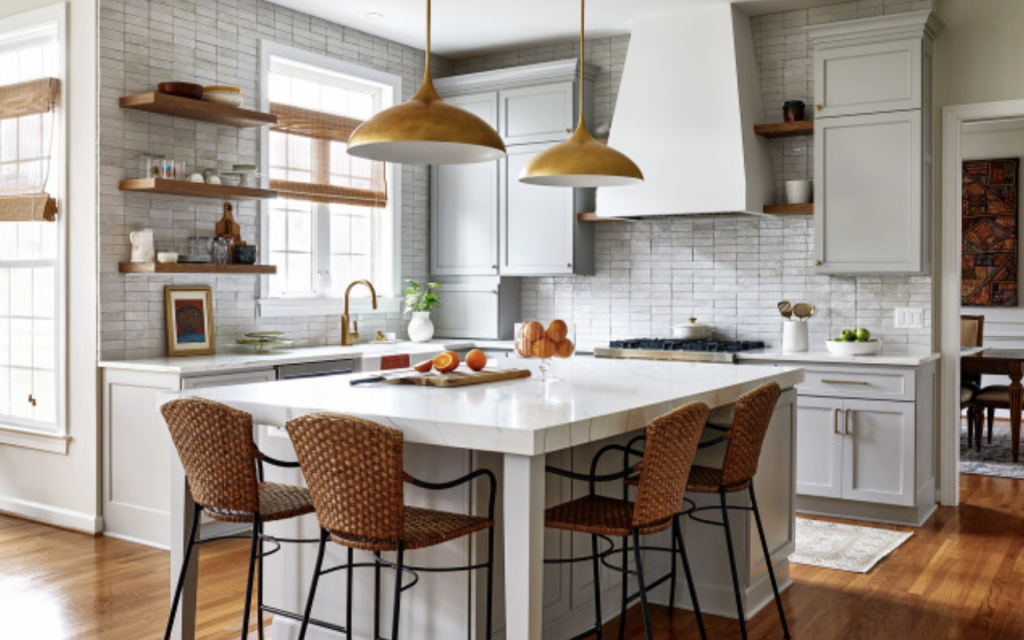
Get ideas for warm neutral color schemes and other stylish elements from these new kitchen photos. Warm neutral color palettes are having a moment. And you’ll see plenty of welcoming examples in this countdown of new kitchen photos. You’ll also find elegant details that form a “quiet luxury” style, as well as design ideas for […]
Things to Check Before Using Your Fireplace
“Creating a yearly budget for home improvement and maintenance helps prevent overspending, and encourages you to put aside money for major replacements — such as new roofing or a kitchen appliance — that come up every few years.” https://www.facebook.com/TheWeatherChannelPartners/posts/1262985813758383 “Protect your home finances by knowing how much you’ll probably spend each year. Data from the […]


